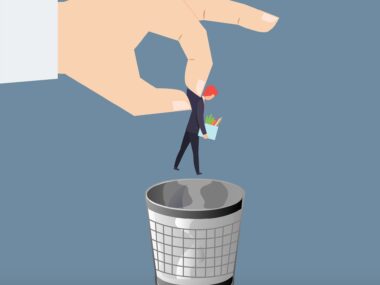The Sims Mobile will shut down its servers on January 23, 2026. Electronic Arts (EA) hasn’t given a clear reason for ending the game, only calling it the natural conclusion of its lifecycle.
Players can keep playing until the shutdown date, but all real-money purchases have been disabled. On October 21, the game was pulled from Google Play and the iOS App Store. On January 6, EA will unlock every Build Mode and Create-A-Sim feature to let players design freely before the game becomes unplayable.
It’s an abrupt end to the mobile adaptation of The Sims 4. The app drew in millions of players over the years. Some people spent thousands of dollars in real-world money on the game. Now all that investment is disappearing. Oh, did I mention that there will be no refunds for premium content or unspent currency?
You Don’t Own Digital Items, You’re Leasing Them
The end of The Sims Mobile is another reminder that the things you buy in games aren’t really yours. Whenever you purchase a cosmetic, outfit, weapon, vehicle, you’re actually buying the right to use those items in the game. It’s a license, not ownership. Developers can revoke that access at any time.
When a game ends, your digital possessions cease to exist. You can’t resell your items. You can’t move them to another game. You can’t even access them offline because they don’t exist outside of those servers. The illusion of ownership is just that, an illusion.
The Cost of In-Game Items
According to Sensor Tower, The Sims Mobile generated over $25 million in revenue by late 2024. More than half of that came from the U.S. While the average mobile gamer spends only around $2 a year, a small fraction (called “whales”) can spend thousands. These “whales” are the main reason mobile games bring in more than $103 billion annually.
This isn’t unique to The Sims Mobile. It’s how many games operate, especially if they’re free-to-play. It’s a system where getting players to spend money is more important than providing real value. Longevity doesn’t matter as much as engagement.
Why do players spend so much money on in-game items? The model thrives on monetizing the emotions of players. Some gamers spend money on skins as a form of self-expression. Some do it because it offers convenience. Others feel like they have to spend money just to progress. Publishers profit from engagement loops. When that loop breaks, there’s nothing left for players to latch onto.
Think Before You Spend
There’s nothing wrong with spending a little money on in-game items. It’s important to understand what you’re actually buying. Digital items exist for as long as developers are willing to maintain them.
Before you spend another $20 on virtual furniture or a limited-edition outfit, ask yourself if you’ll still care when it’s gone. Because it won’t be there forever.






